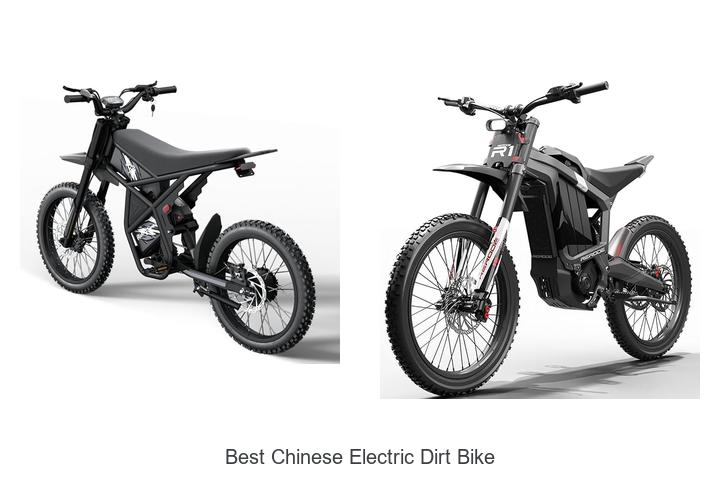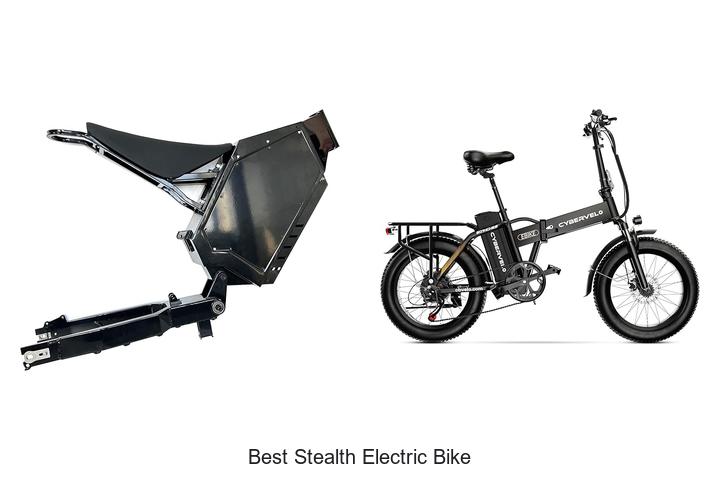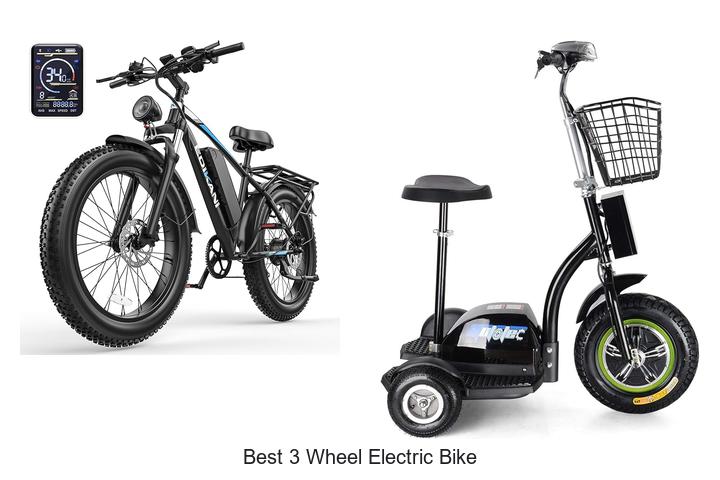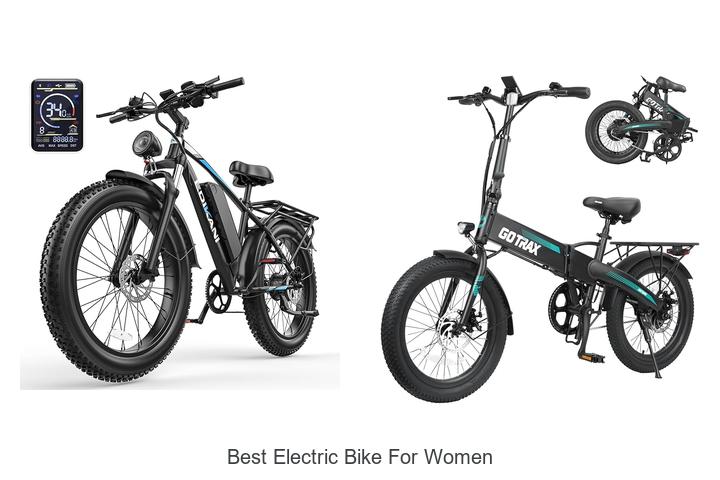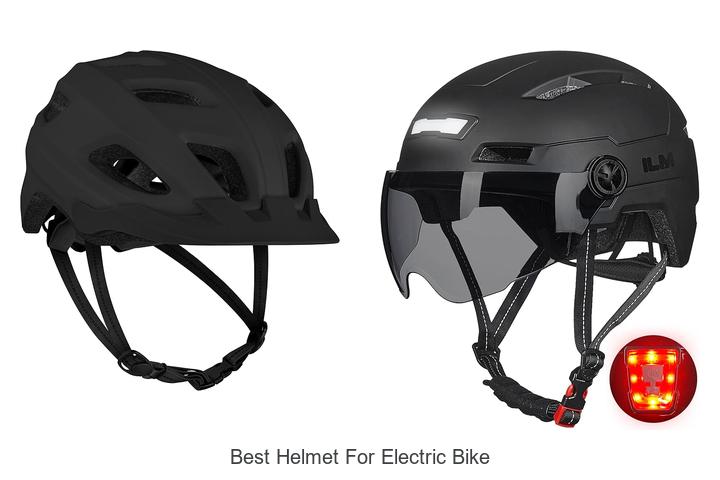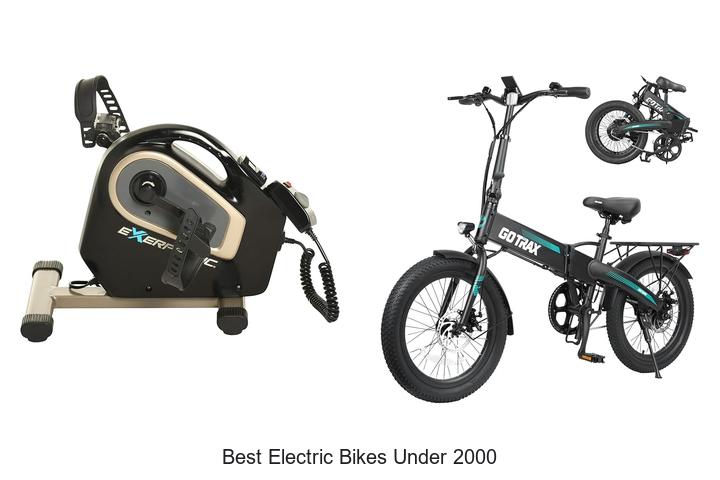Do You Pedal an Electric Bike? What You Need to Know
Electric bikes have changed the way people think about cycling. You might wonder if you still need to pedal or if the motor does all the work for you. Understanding how pedaling works with an electric bike can help you get the most out of your ride.
Whether you’re commuting, exercising, or just enjoying a leisurely trip, knowing when and how to pedal can improve your experience. Let’s explore how pedaling fits into the electric bike ride and what it means for your effort and battery life.
Understanding How Electric Bikes Work
Electric bikes combine your pedaling with motor power to create a smooth, efficient ride. Knowing how this system operates helps you maximize performance and battery life.
What Is Pedal Assist?
Pedal assist senses your pedaling effort and adds motor power accordingly. It activates only when you pedal, providing extra force that makes pedaling easier. The level of assistance adjusts based on settings you choose, ranging from light to strong support. This system lets you control your effort, improving endurance and speed without overexertion.
Differences Between Throttle and Pedal Assist
Throttle lets you engage the motor without pedaling by using a hand-controlled lever or button. You can ride the bike like a scooter, relying completely on motor power if desired. Pedal assist requires you to pedal to trigger the motor, blending your input with electric support. Throttle provides instant power output, while pedal assist responds to your pedaling rhythm. Both options can exist on one e-bike, giving you flexibility in how you ride.
The Role of Pedaling on an Electric Bike
Pedaling plays a key role in how electric bikes operate and affects your riding experience. Understanding when and why to pedal improves battery use, effort balance, and ride control.
Is Pedaling Necessary?
Pedaling remains necessary on most electric bikes equipped with pedal assist systems. The motor provides support only when it detects pedaling input. You can start moving without pedaling on throttle-only models, but pedal assist designs require continuous pedaling to activate motor power. If you stop pedaling, the motor assistance stops quickly. Pedaling also helps maintain momentum and reduces strain on the battery.
Benefits of Pedaling While Using an Electric Bike
Pedaling while riding an electric bike boosts range by lowering battery drain, since the motor doesn’t work alone. You increase exercise benefits, as your muscles stay engaged even with motor support. Pedaling improves control and stability, especially on uneven terrain or steep climbs, because you actively balance power from your legs and the motor. Furthermore, combining pedaling with motor assistance allows smoother acceleration and better handling through gradual power delivery.
When to Pedal and When to Use Motor Power
Choosing when to pedal and when to rely on motor power determines your electric bike’s performance and battery life. Understanding these situations maximizes efficiency and riding enjoyment.
Situations That Require Pedaling
You pedal during uphill climbs, long-distance rides, or when you want to increase exercise intensity. Pedaling in these scenarios reduces motor strain and extends battery life. You also pedal to maintain better control on uneven or technical terrain since your input helps stabilize the bike. Additionally, pedaling activates pedal-assist systems that adjust motor output according to your effort, creating a balanced ride.
Using Motor Only vs. Pedaling
You use motor-only mode typically when starting from a standstill or navigating short distances without wanting to exert effort. Throttle-enabled e-bikes allow motor use without pedaling, but relying solely on motor power drains the battery faster. Pedaling with pedal assist optimizes battery consumption by sharing workload between you and the motor. Using both together ensures smoother acceleration, higher speeds, and efficient energy use, especially on flat or moderately inclined roads.
Tips for Pedaling an Electric Bike Efficiently
Pedaling efficiently on an electric bike combines technique and strategic effort. Optimizing your pedaling improves ride quality and conserves battery power.
Proper Pedaling Techniques
Maintain a smooth and consistent cadence between 60 and 90 revolutions per minute. Start pedaling gently to engage the motor assist seamlessly without sudden power surges. Position your feet level on the pedals and apply even pressure through the full pedal stroke to maximize power transfer. Use your bike’s gears to keep pedaling effort steady; shift early on inclines instead of pushing harder. Avoid abrupt stops or rapid acceleration to preserve energy and maintain stability.
Maximizing Battery Life Through Pedaling
Pedal actively on flat or gently sloping roads to reduce battery drain. Combine moderate pedaling power with pedal assist to extend the range of your electric bike. Reserve motor-only mode for brief accelerations or stops to prevent rapid battery depletion. Anticipate stops early and ease off pedaling while coasting or braking to conserve energy. Regular pedaling reduces motor workload, lowers battery stress, and ensures consistent support throughout your ride.
Conclusion
Pedaling an electric bike is more than just a way to keep moving—it’s a key part of getting the most out of your ride. By combining your effort with motor assistance, you can enjoy longer rides, better battery efficiency, and a smoother experience overall.
Whether you’re aiming for exercise, commuting, or just cruising, knowing when and how to pedal helps you stay in control and make the most of your e-bike’s capabilities. Embrace the balance between your power and the motor’s support to unlock a more enjoyable and efficient ride every time.
